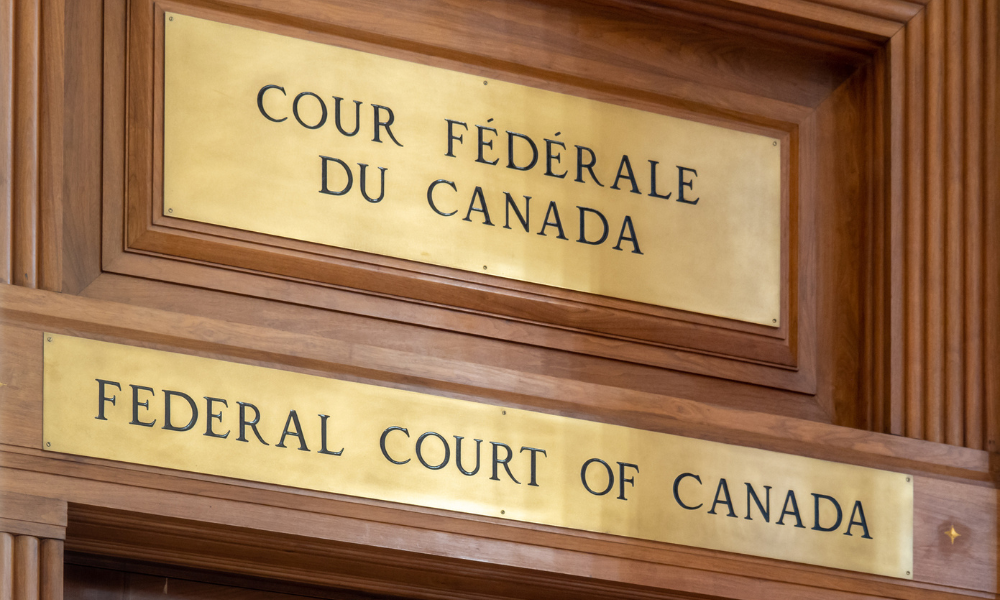
Man claims he fears persecution from authorities in China due to political opinion

The Immigration and Refugee Board of Canada’s Refugee Appeal Division (RAD) committed errors when assessing the credibility and documentary evidence of a refugee protection claimant from China, the Federal Court said in a recent case.
The applicant, a Chinese citizen, alleged that the following events occurred. In May 2018, a town government in China told his family and other households that they had to vacate their farmland by July 2018 because it planned to expropriate the land to build a new highway.
The applicant and other villagers wanted more compensation for the expropriation. The town government refused, which prompted him to speak out against it. Security guards assaulted him at an impromptu protest.
The town government’s public security bureau detained, interrogated, and beat the applicant. After his release, the town government forcibly took his family’s land. He refused to sign the compensation agreement and told villagers he would complain to the central government. The security bureau detained him for two more nights.
In December 2018, the applicant went to Canada, where he filed a refugee protection claim. He asserted that he feared persecution from the Chinese authorities because of his political opinion. He presented the following documents to support his claim that the security bureau detained him:
In September 2021, the Immigration and Refugee Board’s Refugee Protection Division (RPD) denied the applicant’s claim.
In March 2022, the RAD upheld this decision. The applicant was neither a refugee protected by the Convention Relating to the Status of Refugees nor a person in need of protection under ss. 96 and 97 of the Immigration and Refugee Protection Act, 2001, the RAD said.
The RAD made the following findings. First, the summons was fraudulent since the applicant allowed his wife to forge his signature and failed to explain why his wife would be required to do so. Second, the fraudulent summons undermined his credibility regarding his fear of arrest. Third, the other two documents also deserved no weight.
In Liu v. Canada (Citizenship and Immigration), 2023 FC 275, the Federal Court granted the applicant’s judicial review application, set aside the RAD’s decision, and referred the matter to a different decision-maker for redetermination.
First, the court ruled that the RAD was unreasonable in assessing the summons and finding the applicant not credible. The court said the applicant’s explanation was unclear but not against common sense. The RPD never asked him to clarify what he meant when he said that his wife signed the summons in his handwriting or to explain why his wife would be required to sign.
The court noted that past cases warned against making implausibility findings except in the clearest of cases. In this case, the court concluded that the RAD’s suspicion surrounding the wife’s act of signing the summons in the applicant’s handwriting was not a sufficient basis for it to decide that the summons was fraudulent.
Next, the court held that the RAD’s unreasonable assessment of the summons tainted its finding on the certificate of release. The court said the RAD, which concluded that the certificate was irregular on its face, relied on the wrong criminal procedural law to reach this conclusion.
Lastly, the court determined that the RAD’s assessment of the administrative punishment decision was also unreasonable. The court explained that all three documents that the applicant presented as evidence were interrelated.